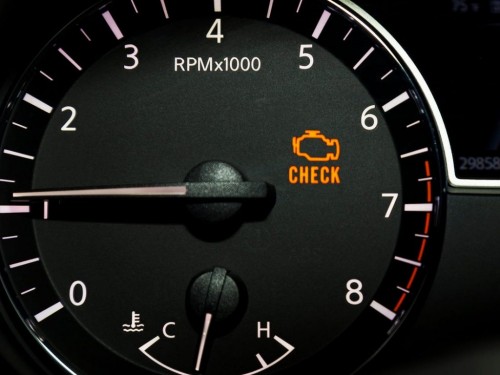Cause of Mechanical Water Pump Failure

One of the best reasons to upgrade your car’s cooling system with a remote-mounted EWP® or Electric Water Pump is having the original mechanical pump fail. Given the original design hasn’t really changed for decades, and the design itself was simple to begin with, what can go wrong?
Causes of Failure
An engine’s mechanical water pump works by being rotated at speed thanks to a belt drive or pulley system. A set of blades attached to the inside of a plate spins the coolant and sends it through the engine via internal passages and into the heat exchange, or as it’s better known, the radiator.
Presuming an engine is correctly maintained throughout, a pump should last for a couple of decades. But more likely is the chance of failure from a number of sources.
Deposit Build Up
Using straight H2O in a car’s cooling system is regarded as the absolute no-no of no-no’s. Water boils at 100 degrees Celsius and water on its own, going from cold to boiling to cold will bring out the various particles of chemicals. Mixing water and coolants can also change the fluid’s structure.
These won’t be cleared out of the cooling system unless a full flush is performed, and therefore will coagulate in the engine chambers, the tubes, and on the blades of the impeller. Visual identification can be as simple as looking at the colour of the fluid by lifting the radiator cap or looking inside the overflow bottle.
Leakage
Although gaskets, the materials used to seal mechanical parts such as the mechanical water pump onto the engine’s body, are made to be long lasting, it’s that longevity that can cause failure. In simple terms, age will eventually see the material, be in cork, or more likely a heavy paper, wear our and potentially lead to failure.
Leakage will be the most obvious sign, both on the ground, and around the join of the plate. Let alone, the fluid levels will drop, and the ability to flow and cool efficiently is diminished.
Mechanical Failure
A pump itself can fail internally, due to any number of small but crucial manufacturing issues. A spindle or shaft misalignment, the quality of the metal used, even the bearings that allow the fan and shaft to spin, can end in failure.
Although it can be hard to hear, a mechanically failing pump may make enough noise to help identify a potential issue. A visual identification may be a varying in the motion as it’s spun, with a centre section appearing to move in its own circle rather than staying put.
Another mechanical reason may be as simple as a misalignment of the pulley belt during installation. Although initially looking to be aligned correctly, time will have the effect of the belt pulling the unit more and more out of its correct place.
www.daviescraig.com.au is the one stop online shop for your extra cooling needs. Have you experienced a mechanical water pump failure that had you choose an electric water pump?
Let us know your story via our social media outlets and here on our blog.




